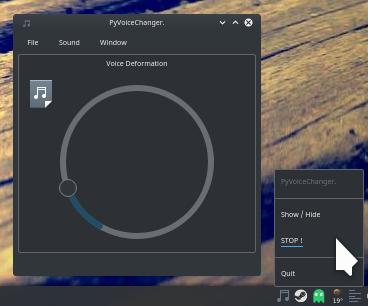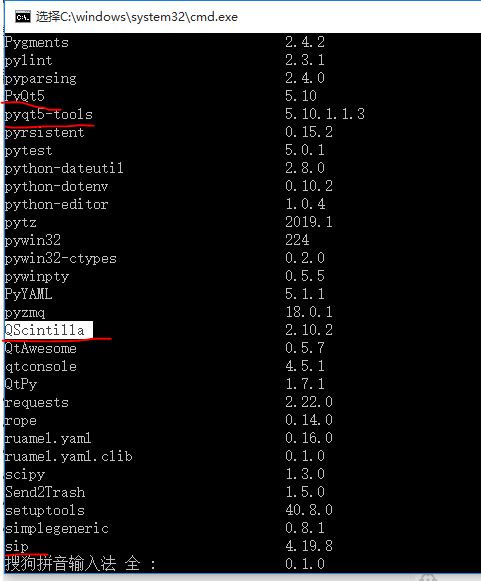

- #Install pyqt5 from source centos 6 how to
- #Install pyqt5 from source centos 6 install
- #Install pyqt5 from source centos 6 update
- #Install pyqt5 from source centos 6 upgrade
Of telluric absorption uses a grid of model atmosphere spectra. Atmospheric Model Grids Ĭalculation of the sensitivity functions for IR instruments and general fitting Includes a PypeIt Reduction File for each instrument and setup used duringĭevelopment testing. See also the PypeIt-development-suite GitHub repository, which Google Drive, divided into subdirectories for each instrument and instrument These data are stored in the RAW_DATA directory in the PypeIt dev-suite Use PypeIt before running it on your own data from the same instrument.
#Install pyqt5 from source centos 6 how to
Not need access to these data however, they may be useful for learning how to Of the code base during development see Development Suite. Raw Data Įxample raw data for all supported spectrographs are used in extensive testing
#Install pyqt5 from source centos 6 upgrade
In the meantime, note that you will likely need to re-run theĭata-specific installation scripts described below every time you upgrade Products, particularly for the telluric grids and the quick-look masterįiles. We continue to work on cleaner installation solutions for these data
#Install pyqt5 from source centos 6 install
#Install pyqt5 from source centos 6 update
While you’re there you might as well update pip.In your home directory create a work folder.These are the specific steps I used to create that virtual Python environment. I do that to keep the stock and newly installed environments distinct from one another. I created a Python 3.9.1 virtual work environment, something I highly recommend. It should return /usr/local/bin/python3.9. Check for the alternate location with which python3.9.Install into the alternate location for this version of Python:.Running with fewer cores will result in a longer build time. On my machine I enabled all six cores of the Jetson Xavier NX. Python-3.9.1/configure -enable-optimizations From within the build directory execute the configure script:.Change directory into the build directory.In my case I named the build directory build-python-3.9.1 Make a build directory at the same level as the untarred source directory.Untar the file (we’ll assume it’s downloaded to the default ~/Downloads):.Download the latest Python, version 3.9.1, from.Simply copy-and-paste the following line: sudo apt install zlib1g-dev libncurses5-dev libgdbm-dev libnss3-dev libssl-dev libreadline-dev libffi-dev libsqlite3-dev libbz2-dev Build Pythonĭownload the latest version of Python, build, and install: To build all Python modules the following libraries need to be installed.

After the installation stage come the build steps. If _ssl fails to build then pip will not be able to negotiate connectivity with any Python repo, making installation of modules fail. The first is the installation of support developer libraries to allow all Python modules to successfully build, especially _ssl. There are two broad stages to building this version. These instructions will help you build Python 3.9.1 on the Jetson Xavier NX Development Kit running JetPack 4.5.


 0 kommentar(er)
0 kommentar(er)
